Maximize Your Power With Matt Fryer
PGA Professional and Fujikura ambassador Matt Fryer offers some advice on how to hit longer drives…
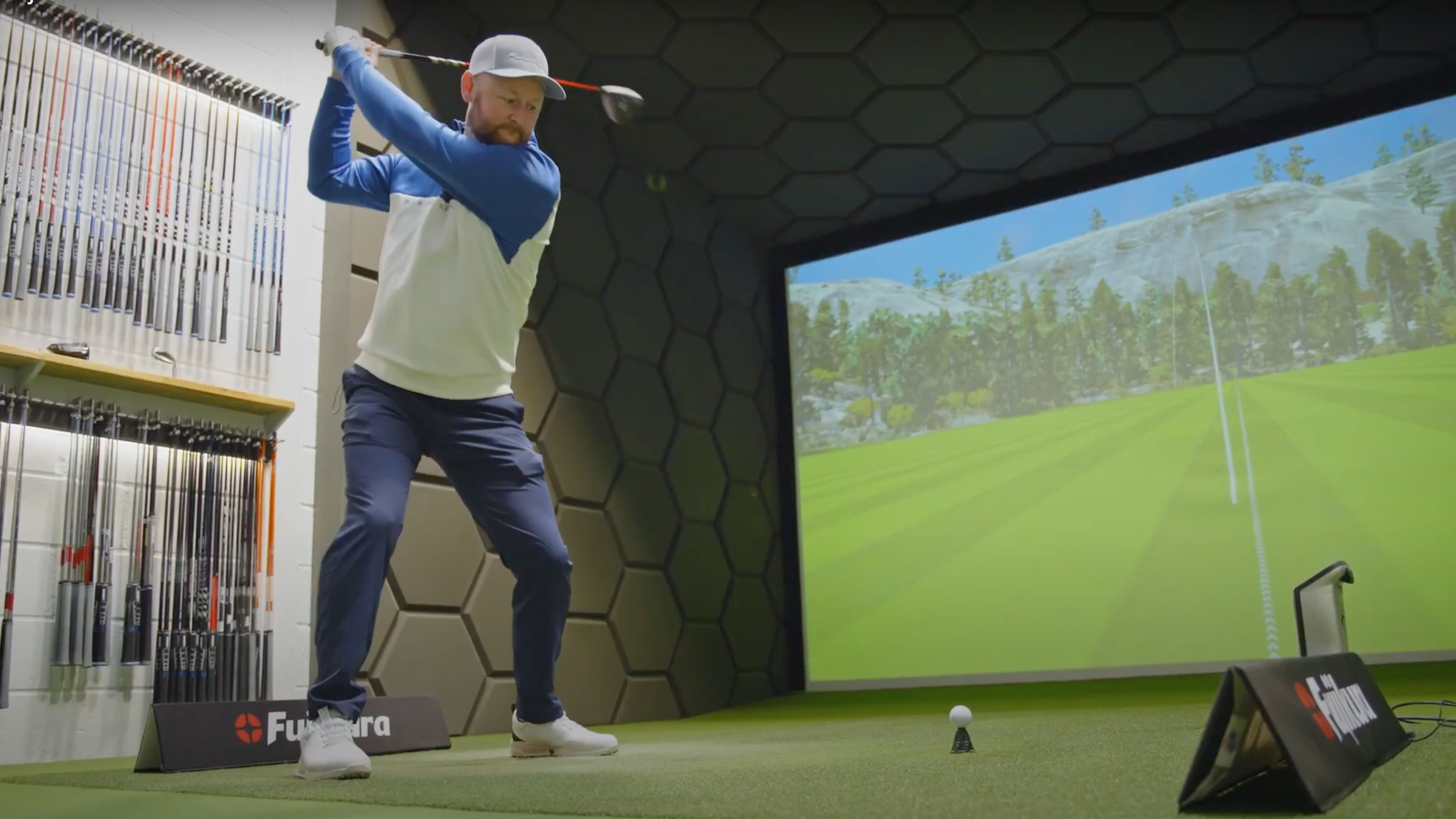

Make no mistake about it, the game has changed over the past few years. Golf courses are getting longer and it has become far more of a power game than ever before so it is crucial we are maximizing our distance if we are to achieve our potential. Some of the best drivers will help you along the way, as will having the correct shaft, but for a bit more assistance we’ve drafted in YouTuber and PGA Professional Matt Fryer to give you some additional thoughts on how to maximize your power…
Watch - Matt Fryer demonstrates how to add yardage to your drives
The Pyramid of Success
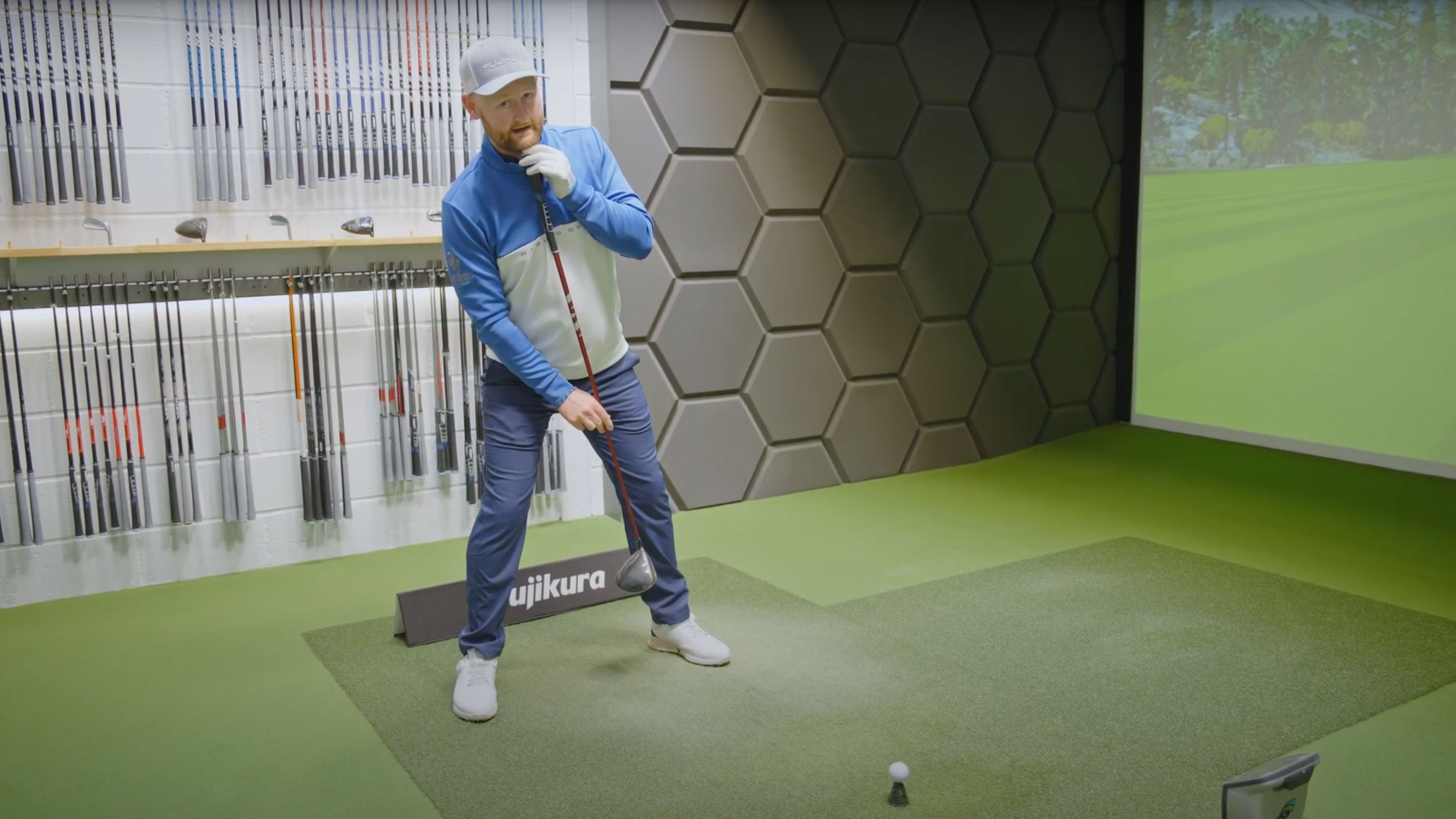
Matt Fryer demonstrating how to set up using the "Pyramid of Success"
It might sound like a strange phrase, but Matt believes creating what he refers to as a ‘Pyramid of Success’ is the first key to generating more power.
“If we thought of a pyramid that started around my chin area and went down to both my feet, what I’m trying to see is that my pyramid would tilt ever so slightly away from the target, and also have a nice wide base to it."

The new 2024 Fujikura Ventus Velocore+ Blue shaft
"The reason for these two changes is that it will allow the club head to be coming a little bit wider and potentially more on the up through the hitting zone, and also it’s going to give me a good base at the bottom that allows me to build power. So simply if we are looking to take our normal drive and add say 10 to 15 yards, I would be looking to take my trail foot and move it back around an inch or two and get that pyramid tilting away from the target”.
Use the ground
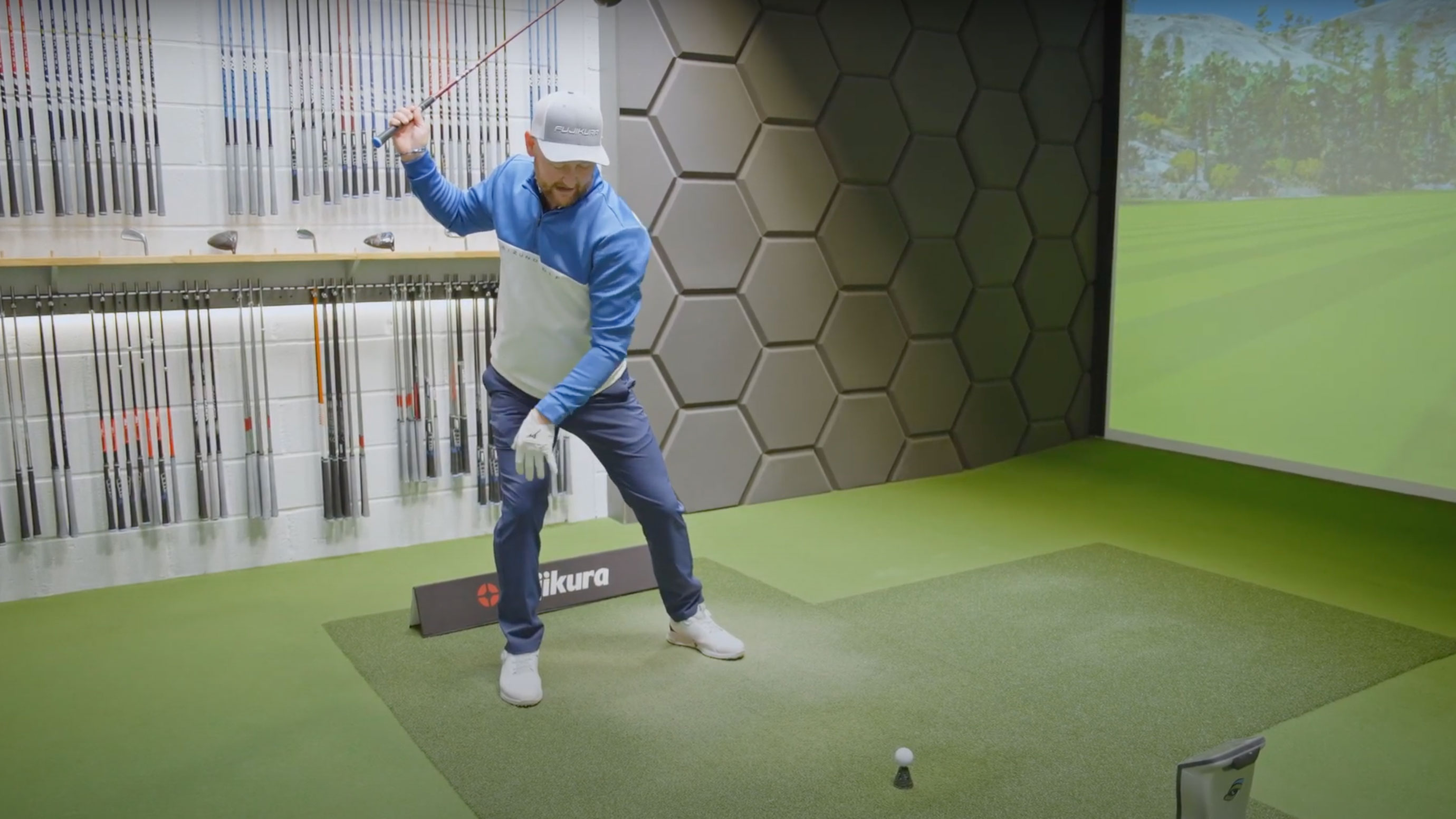
Matt demonstrating how to use the ground in your backswing
Somewhat of a modern phenomenon, but Matt says that successfully mastering ground forces is a surefire way to increase your clubhead speed and add yardage to your drives.
“What we know nowadays is that we need to use the ground to generate a lot of power. So often I see people trying to generate more power, setting up reasonably well, but everything is done by trying to throw their hands and arms at the golf ball and it’s not the desired way we would want."
Subscribe to the Golf Monthly newsletter to stay up to date with all the latest tour news, equipment news, reviews, head-to-heads and buyer’s guides from our team of experienced experts.
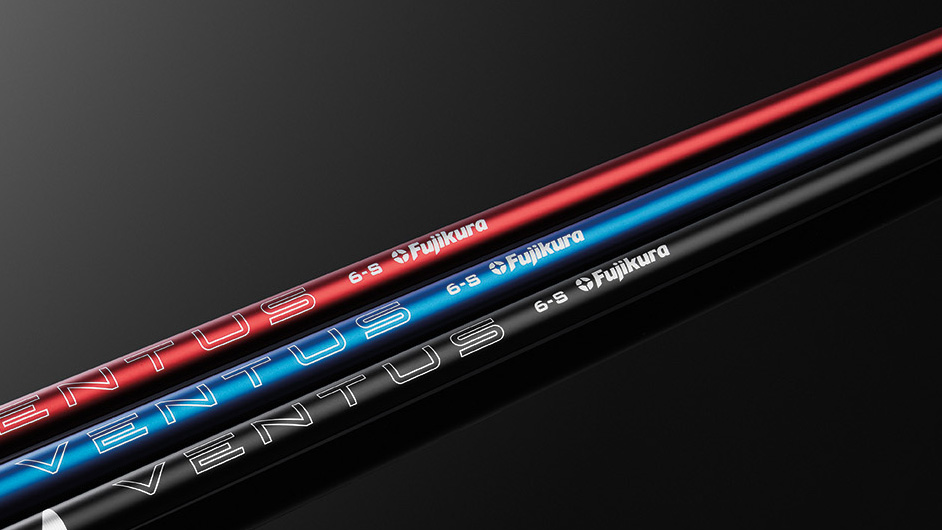
The new 2024 Fujikura Ventus Velocore+ range
"We need to use our bigger muscles and the ground to generate power that moves up through the body and transmits back down to the golf ball. One of the best examples of this is when watching the long-drive competitors. What we see is a lot of motion from the legs before the shot is hit, whereas often in shorter hitters we see much more static positions that cause them to snatch with the hands and arms."
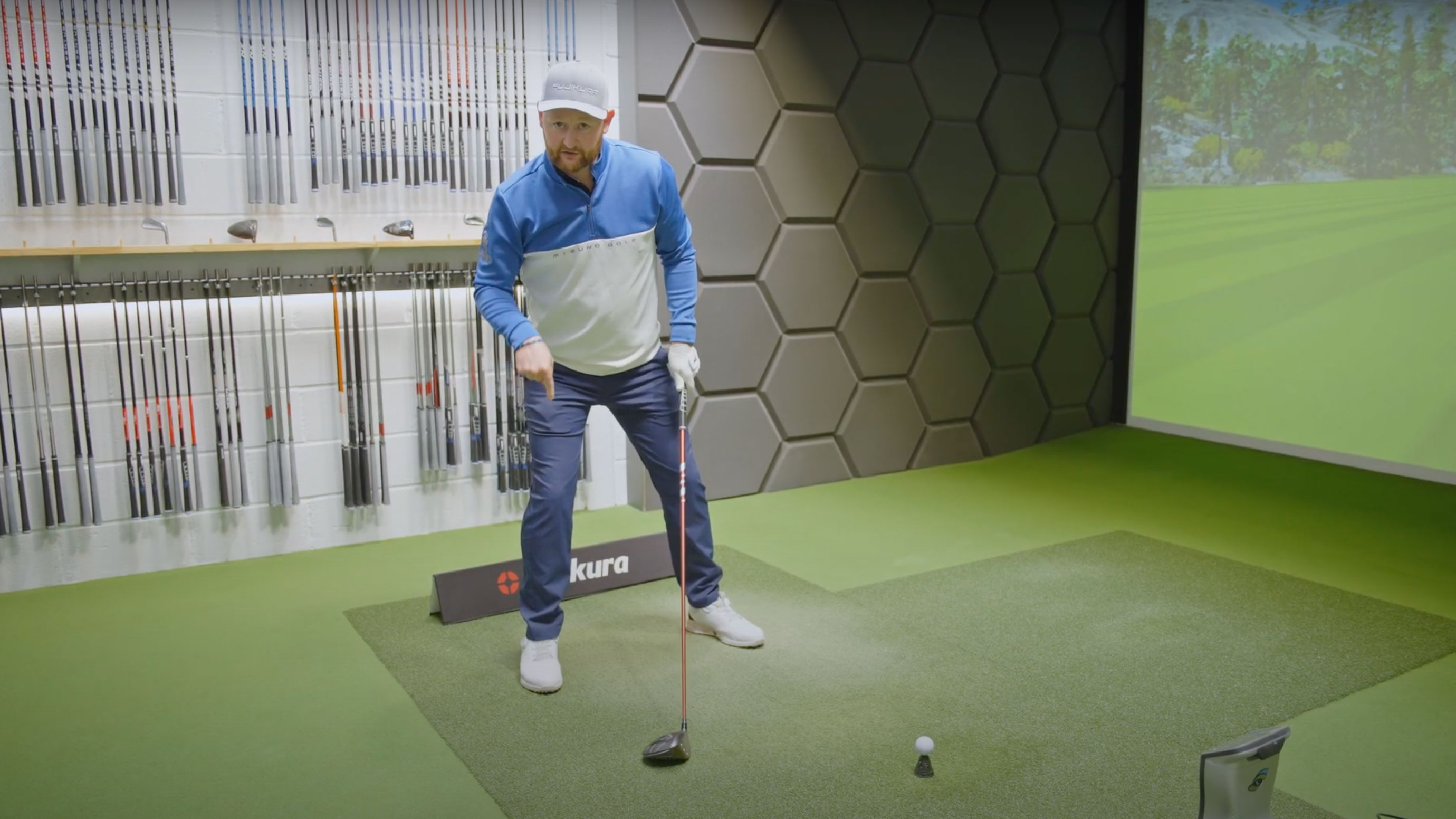
Matt showing how to add more ground forces at address
"What I want you to feel as you make your backswing is that you really push down into the ground through your right leg and really anchor it, we can then use the legs and bigger muscles of the lower half to push off and drive through the shot generating more power”.
Creating Efficiency of strike
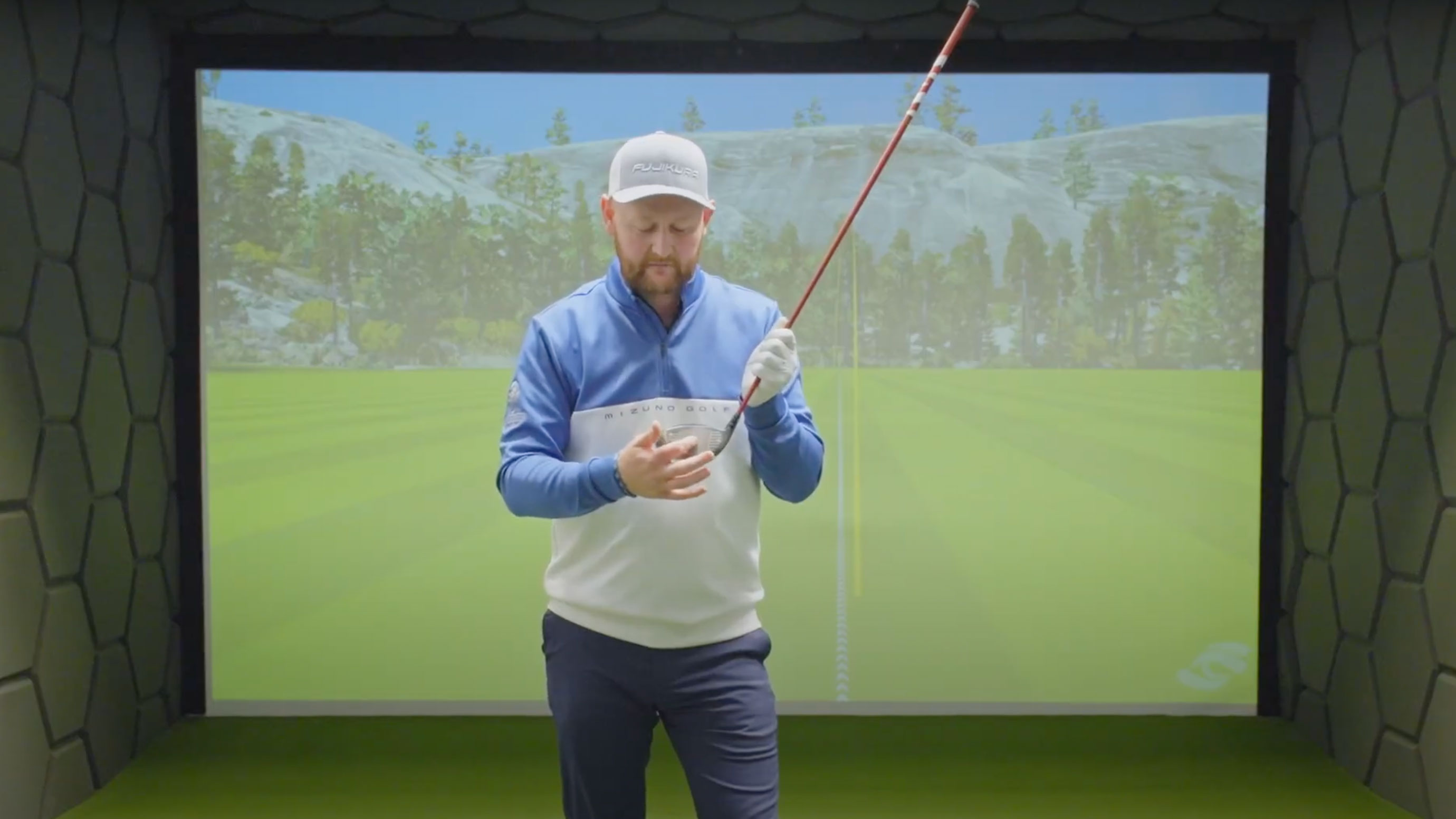
Hitting the center of the face is essential for optimal distance
One of the simplest ways of maximizing power, which is often forgotten about, is simply finding the center of the face to optimize ball speed. As Jack Nicklaus said, when he was looking to hit the ball further, he focused on hitting it better rather than harder, and Matt agrees;
“One of the first things I think about when trying to find more power for my students is efficiency of strike, because we can do all sorts of things well, but if we don’t find the middle of the face then we simply can’t be optimizing our power. Having things like the correct shaft profile is essential in finding the center of the face as it has such a huge effect on timing."
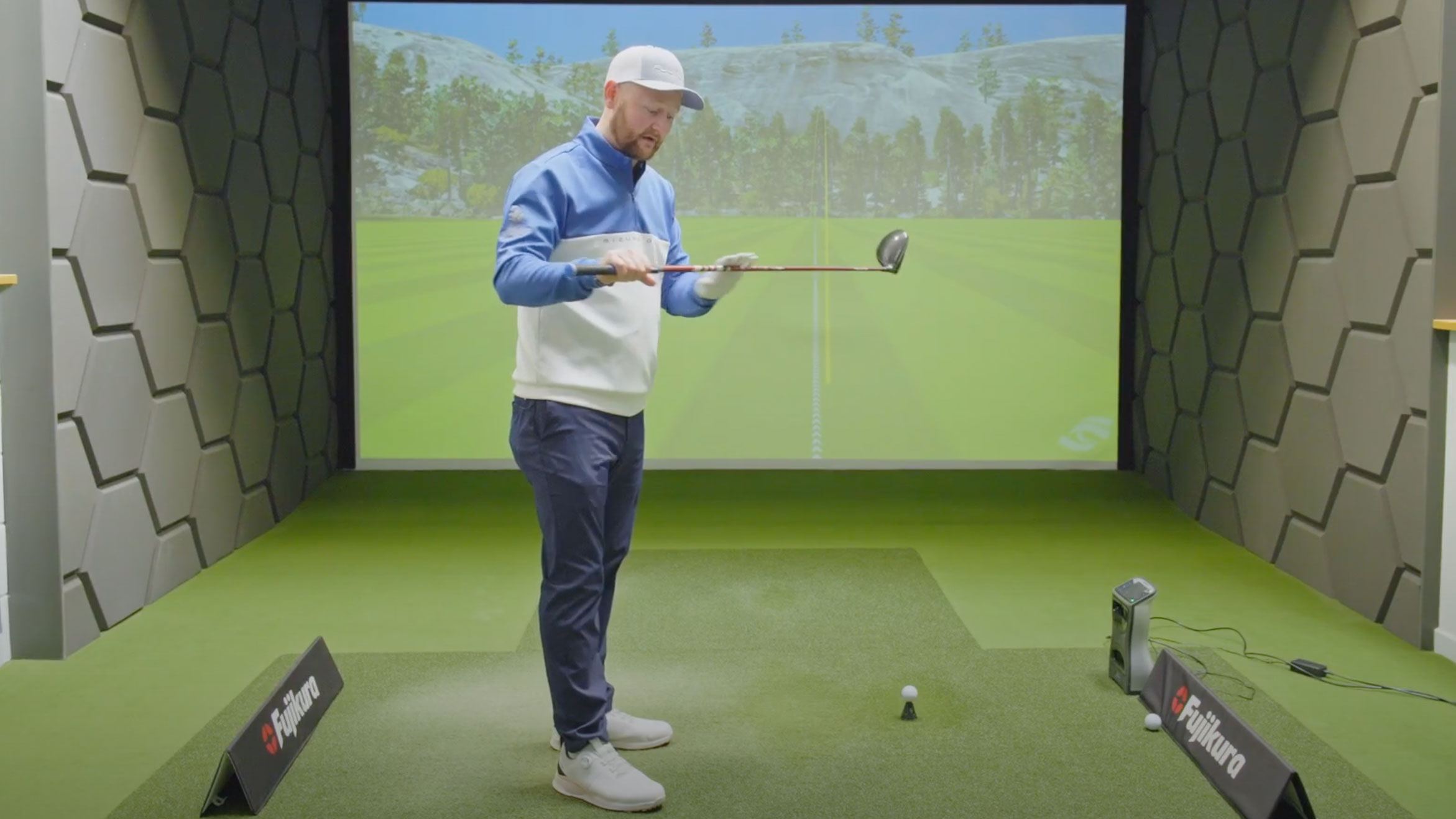
Ensuring you have the correct shaft profile will help you find the middle of the face more often
"But something else I like to visualize to help with the strike is almost creating an imaginary runway through the impact zone where I visualize the club head tracking straight from a couple of inches prior to the ball, to a couple of inches past it, almost like a flight path. If the plane - or the clubface in this case - slips off the runway to the right or left then I will not make centered contact so that really helps me to visualize the correct impact.”
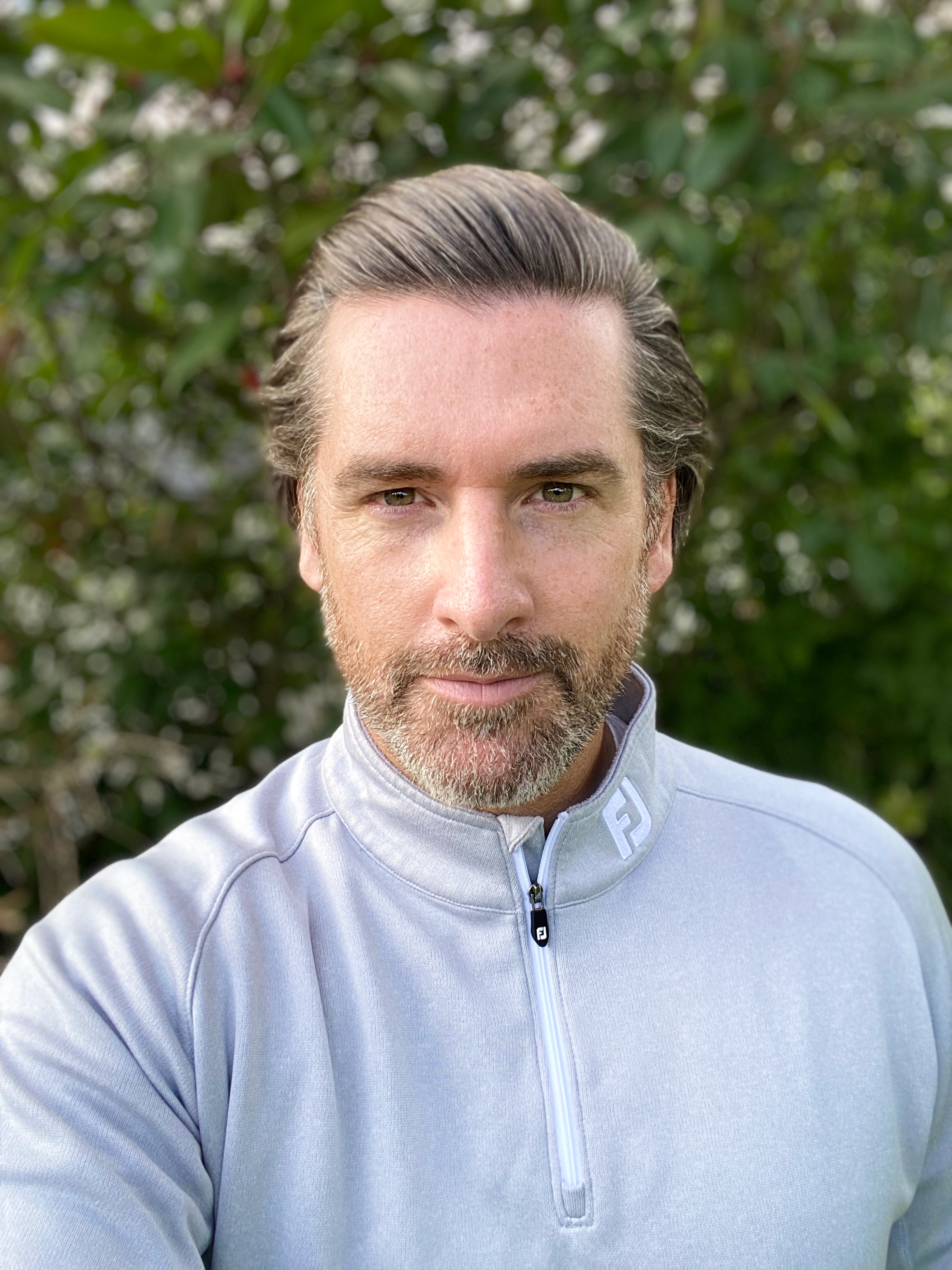
Joe has worked in the golf industry for nearly 20 years in a variety of roles. After a successful amateur career being involved in England squads at every age group, Joe completed his PGA degree qualification in 2014 as one of the top ten graduates in his training year and subsequently went on to become Head PGA Professional at Ryder Cup venue The Celtic Manor Resort. Equipment has always been a huge passion of Joe’s, and during his time at Celtic Manor, he headed up the National Fitting Centres for both Titleist and Taylormade. He’s excited to bring his knowledge of hardware to Golf Monthly in the form of equipment reviews and buying advice.
Joe lives in North Devon and still plays sporadically on the PGA West region circuit. His best round in recent years came earlier in 2023 where he managed a 9 under par 63 at Trevose GC in a Devon & Cornwall PGA Tournament.
Joe's current What's In The Bag?
Driver: Switch between TaylorMade Qi35 and Callaway Elyte TD - both with Fujikura Ventus Black 6-X
Fairway wood 1: TaylorMade BRNR Copper Mini Driver - Fujikura Ventus Black 7-X
Fairway wood 2: Callaway Apex UW 17˚- Fujikura Ventus Black 9-X
Irons: TaylorMade P7CB 3-PW with Dynamic Gold Tour Issue X100 shafts
Wedges: Callaway Opus 50, 54, and 60 degrees - Project X LS 6.0 shafts
Putter: LAB Golf Oz.1 (zero shaft lean)
Ball: TaylorMade 2024 TP5x
Grips: Golf Pride Tour Velvet 60R
Bag: Vessel Player IV Pro DXR Stand
-
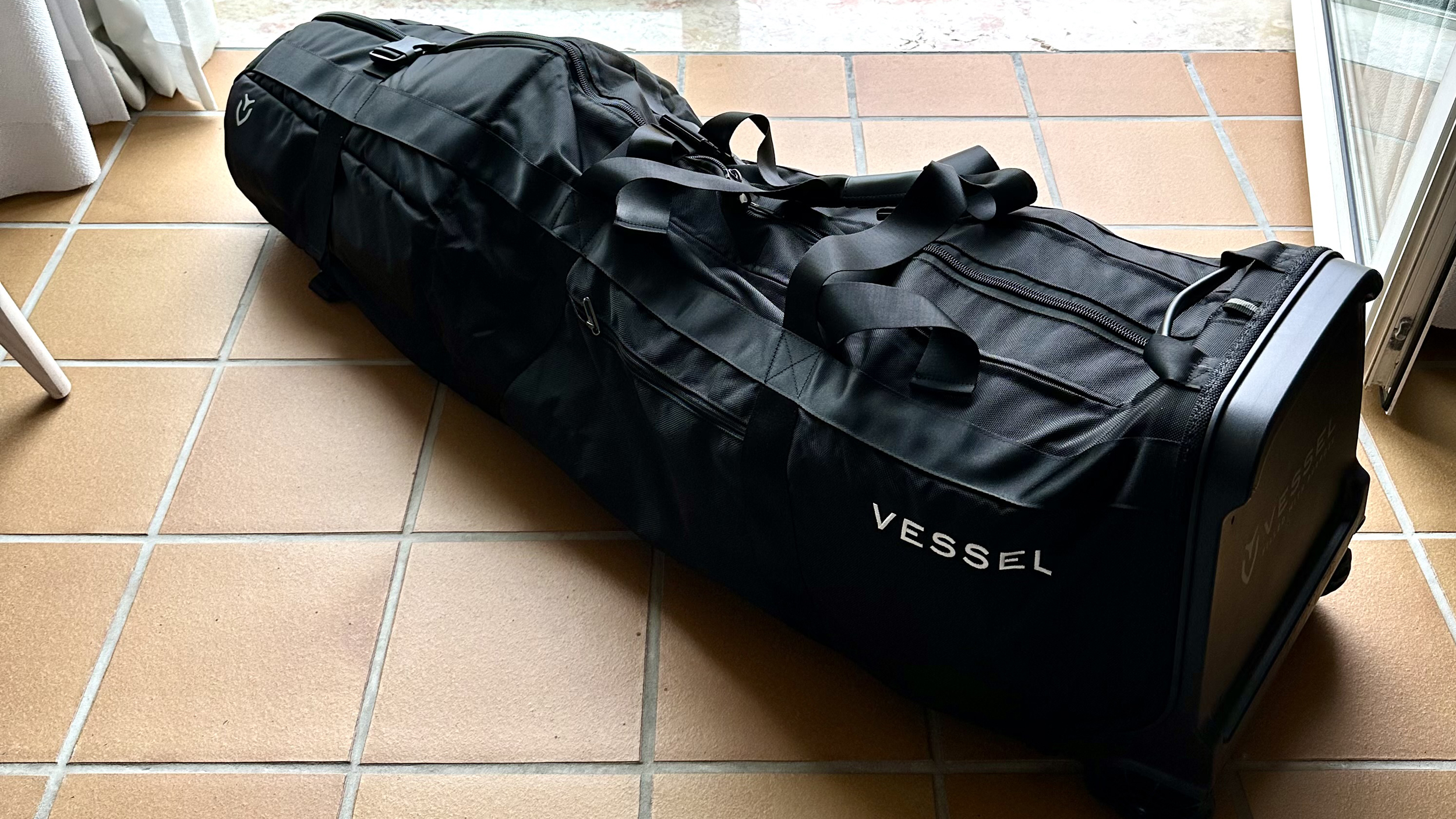 Planning Your Next Golf Trip For 2026? Our Favorite Golf Travel Bag Has Just Hit 20% Off
Planning Your Next Golf Trip For 2026? Our Favorite Golf Travel Bag Has Just Hit 20% OffDeals We think the Vessel Golf Travel Case 2.0 is a brilliantly designed piece of premium golf luggage, with a host of features aimed to protect your golf clubs while travelling
-
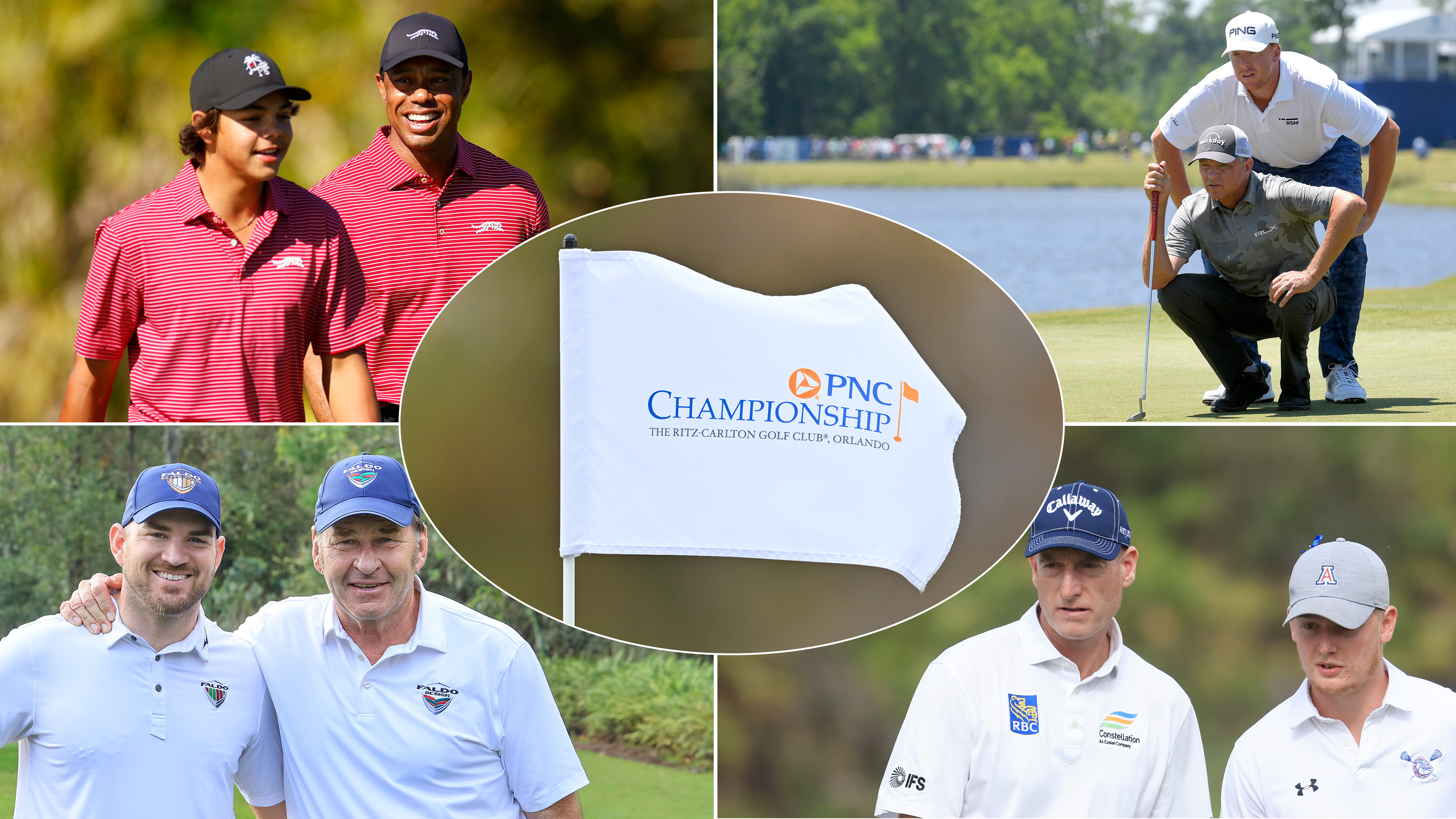 PNC Championship Field 2025: Which Teams Have Dropped Out And Who Has Replaced Them?
PNC Championship Field 2025: Which Teams Have Dropped Out And Who Has Replaced Them?Three teams have dropped out since last year's PNC Championship, with three new pairings set to take their place for the fun, family event
-
 ‘I’ve Never Seen Anything Like It’ - Putters May Never Be The Same Again
‘I’ve Never Seen Anything Like It’ - Putters May Never Be The Same AgainWe take a look at an exciting and innovative new putter design from Sausage Golf - the Boudin Noir...
-
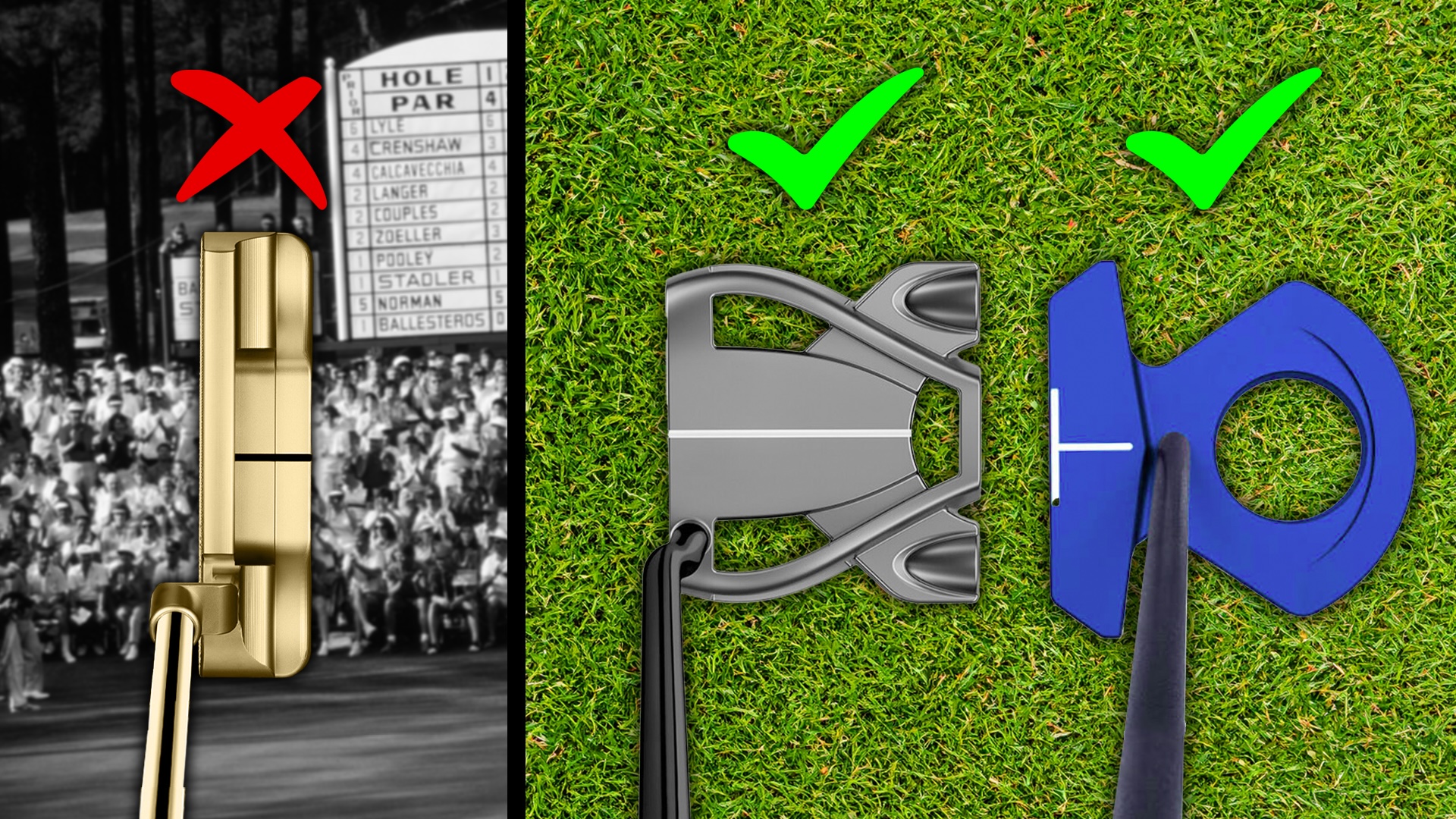 Is The Blade Putter Dying Out On Tour?
Is The Blade Putter Dying Out On Tour?Gear tester and PGA Professional Joe Ferguson has noticed an interesting equipment trend in the professional game…
-
 The One Piece of Equipment (Almost) Every Tour Pro Agrees On...
The One Piece of Equipment (Almost) Every Tour Pro Agrees On...We explore the remarkable dominance of one particular brand at the flagship event on the DP World Tour
-
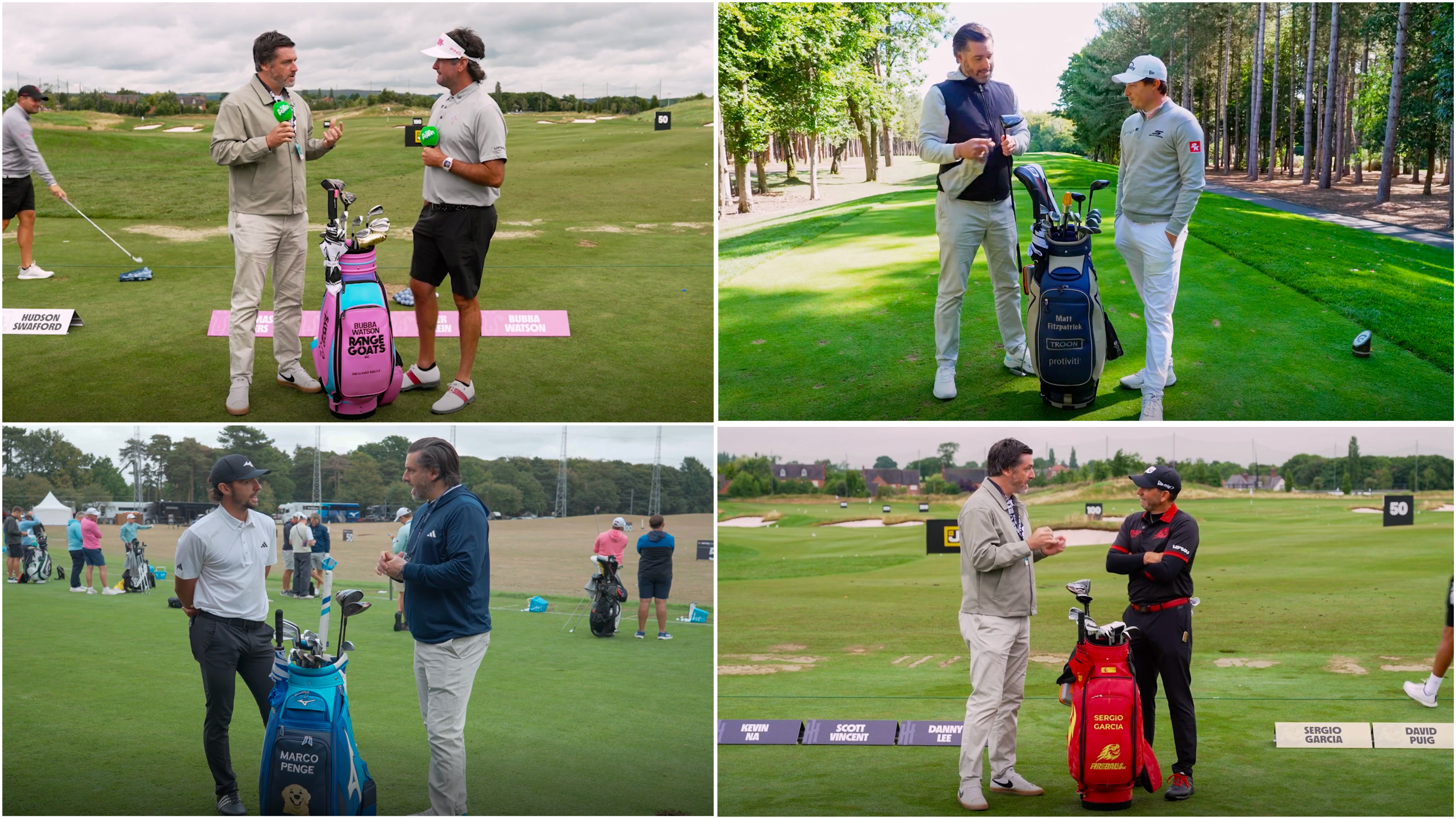 I’ve Interviewed Over 20 Tour Players About Their Equipment In The Past Year. Here Is What I Have Learned...
I’ve Interviewed Over 20 Tour Players About Their Equipment In The Past Year. Here Is What I Have Learned...PGA Professional Joe Ferguson has produced 'What's In The Bag' videos with some of the best players in the game, and there are some observations to be made...
-
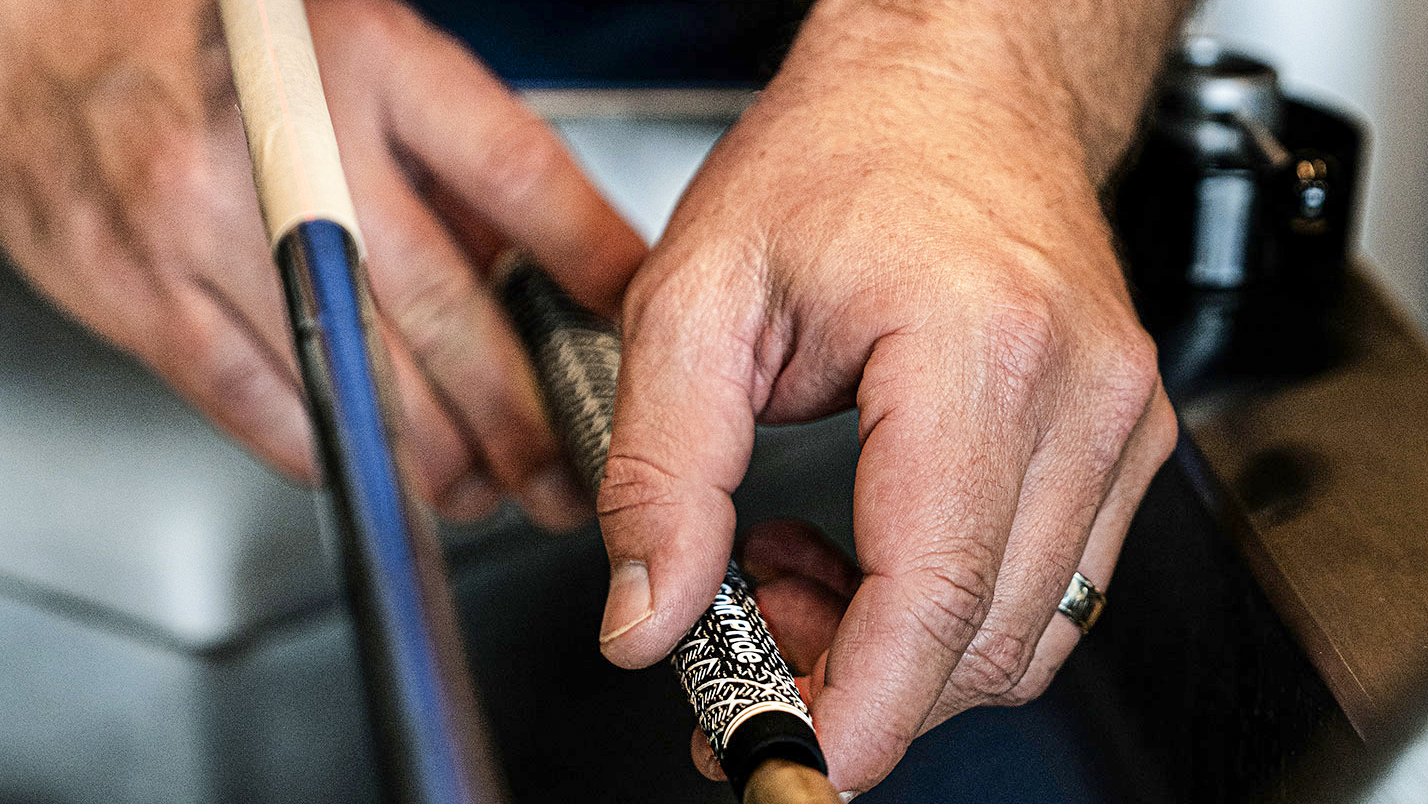 How Often Should You Change Your Grips?
How Often Should You Change Your Grips?We all know we can change and should change our grips, but how often should we be thinking about it?
-
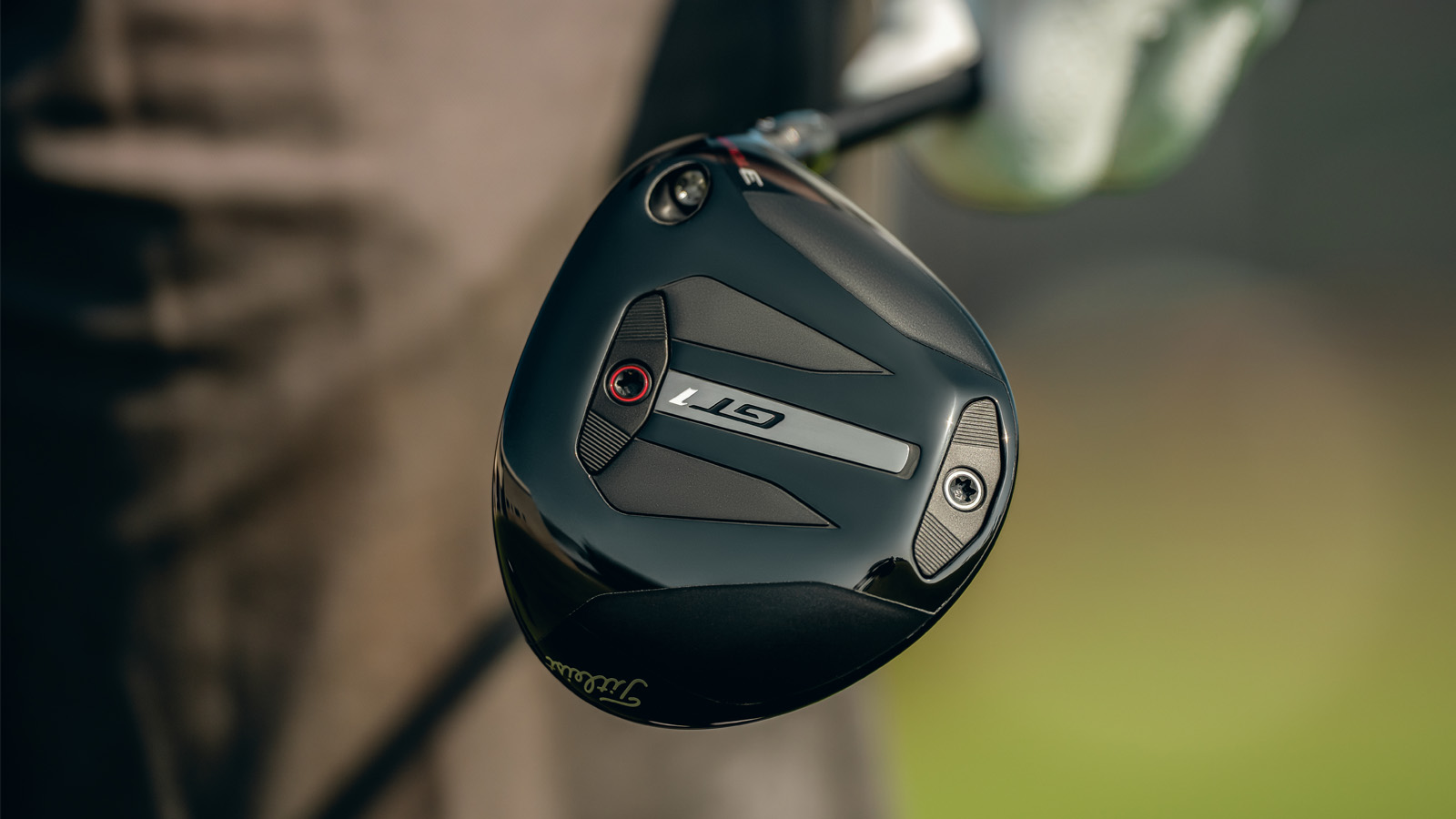 A Forgiving Fairway Wood Built For The Tour? Titleist Surprised Us All With This New Club
A Forgiving Fairway Wood Built For The Tour? Titleist Surprised Us All With This New ClubThe Titleist GT1 3Tour fairway wood is the brand's latest release, but what’s the story behind the design and which golfers is it likely to suit?
-
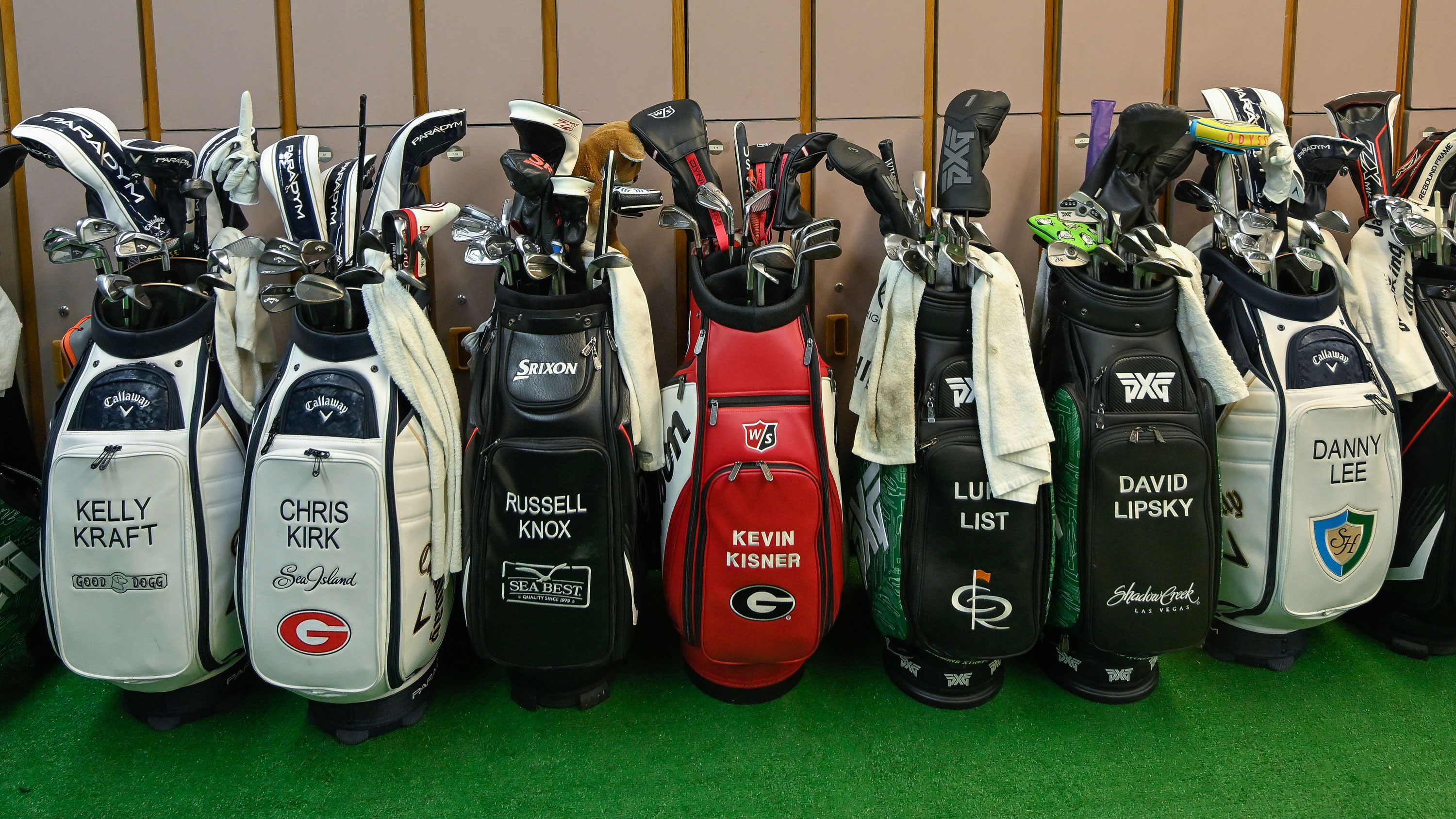 Revealed: The Equipment Pro Golfers Use That Amateurs Can't Get Their Hands On
Revealed: The Equipment Pro Golfers Use That Amateurs Can't Get Their Hands OnAre we playing the same equipment as the professionals we watch week in, week out? Possibly not. Let's see what we might be missing...
-
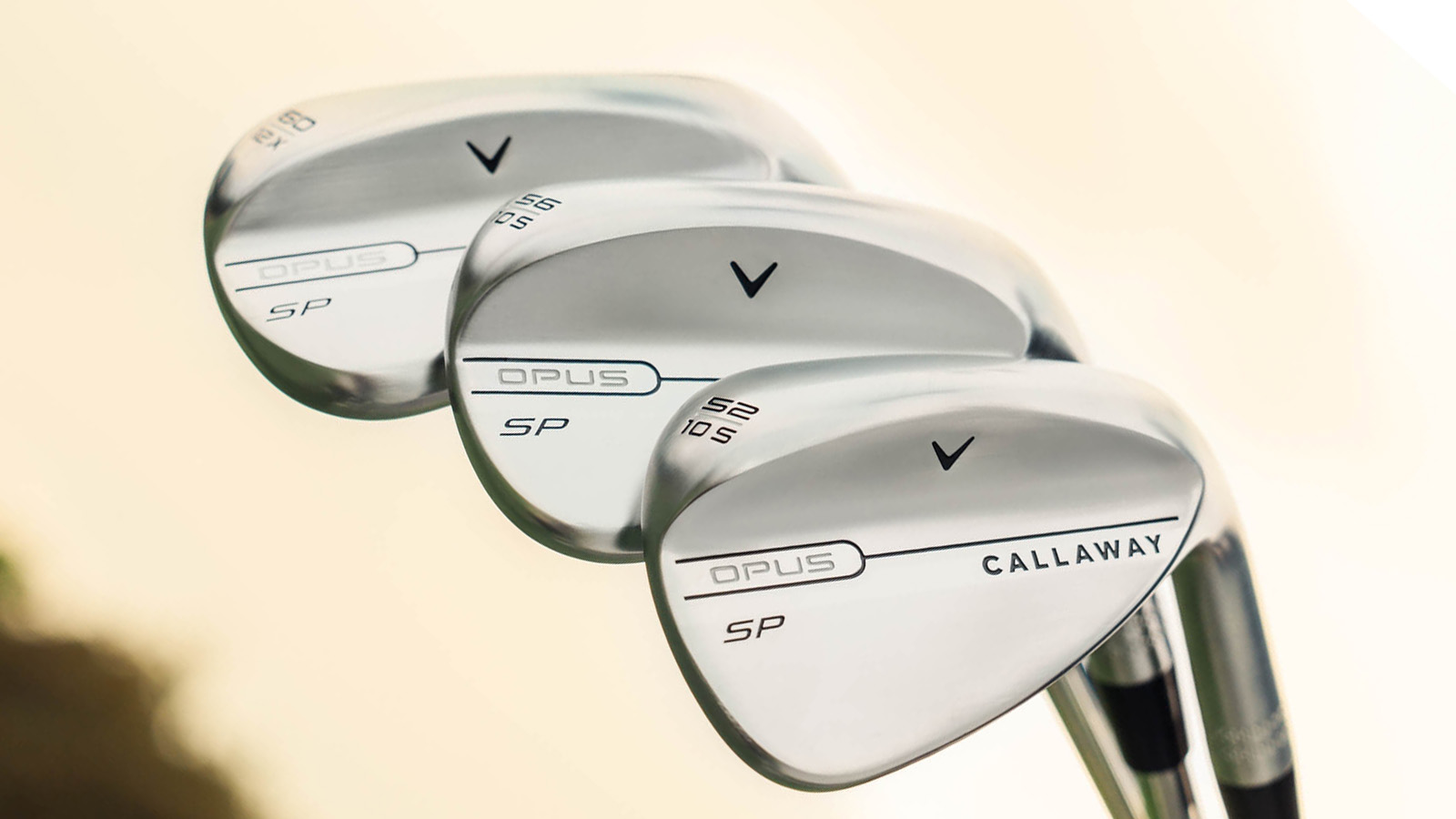 Why The Callaway Opus SP Wedges Could Take Your Short Game To New Heights
Why The Callaway Opus SP Wedges Could Take Your Short Game To New HeightsWe take a look at the design and features of the new Callaway Opus SP wedges